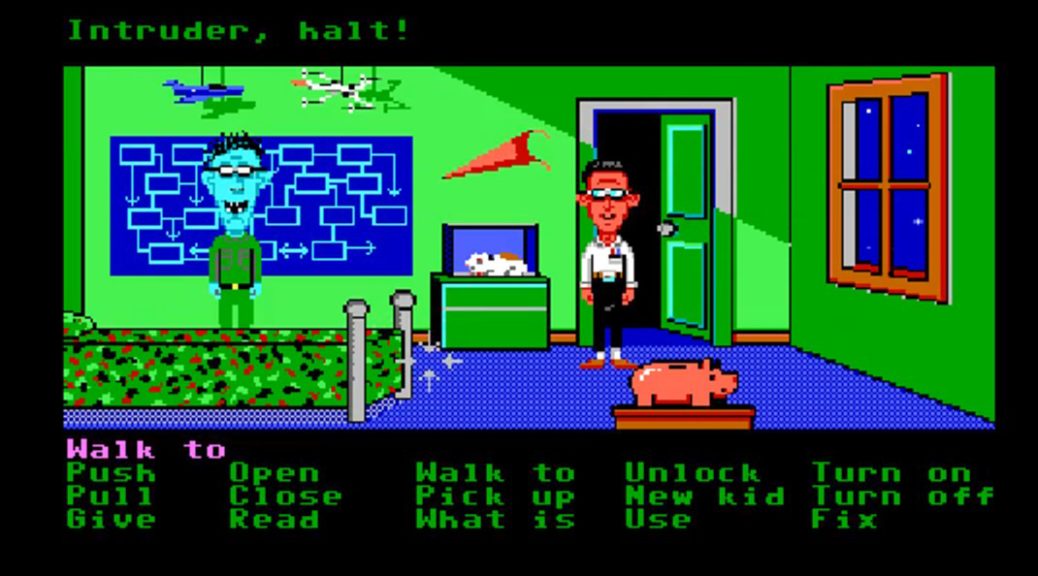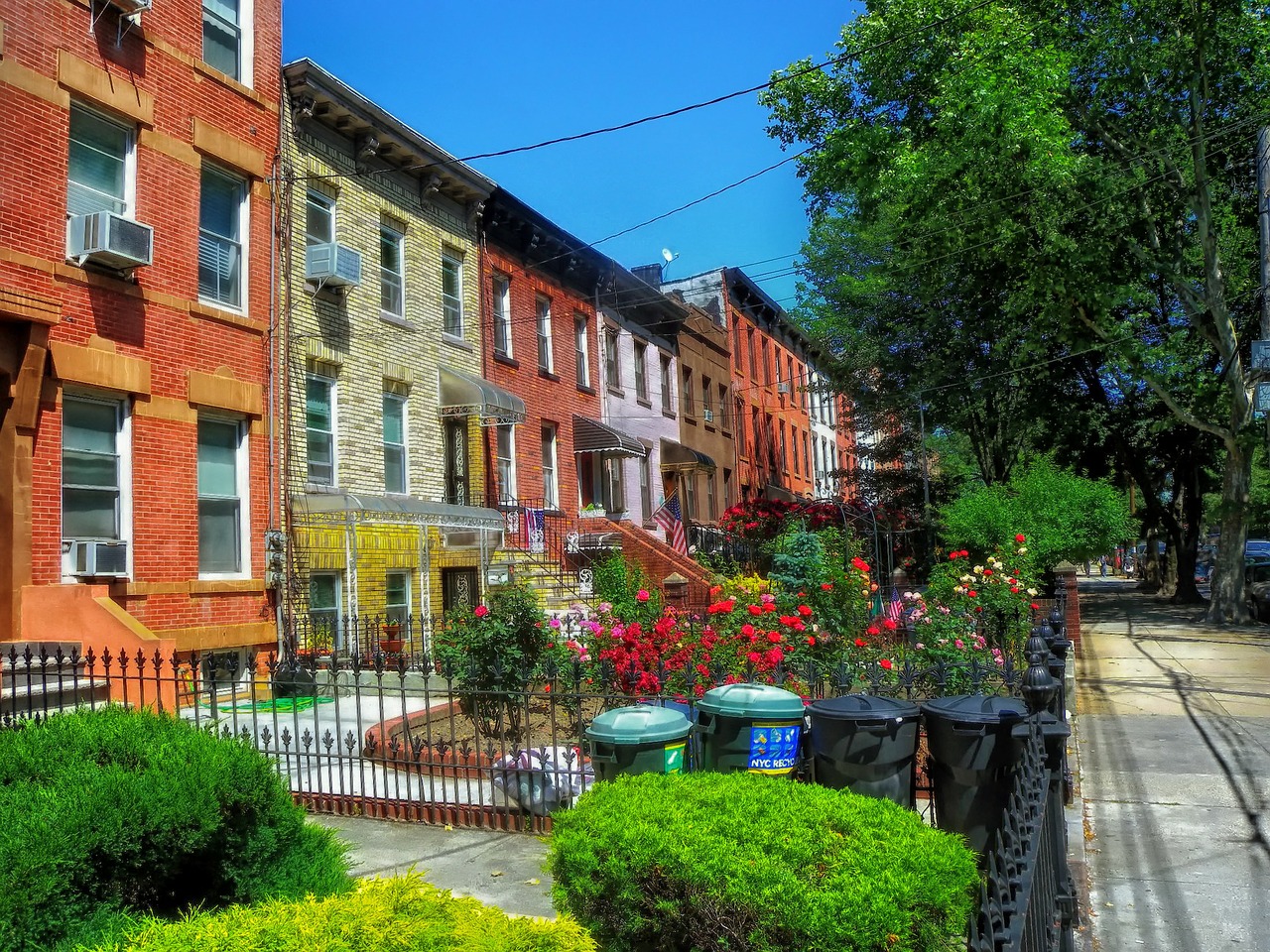 Citi Field has a bad rap, I think, because people confuse the stadium with the mediocre (at best) team that’s played there for five seasons, and the hated ownership that pushed for the stadium’s construction. As far as I’m concerned, however, there are a few things to recommend the place.
Citi Field has a bad rap, I think, because people confuse the stadium with the mediocre (at best) team that’s played there for five seasons, and the hated ownership that pushed for the stadium’s construction. As far as I’m concerned, however, there are a few things to recommend the place.
I like that when I go to Citi Field, I see a New York that I recognize, and one I don’t see or hear about anywhere else. What this New York is, exactly, is difficult to express, which is part of the reason why you don’t hear about it. Another part comes from the fact that most people who write about New York are either transplants or move in lofty circles, and so they barely come into contact with this New York. And it would never occur to most of the people who are part of this New York to express what they are. As far as they’re concerned, there’s nothing to express. It would be like asking a fish to tell you about the ocean.
I see a New York I recognize at Citi Field because the crowd there has diversity, an overused word but one for which I can find no suitable substitute. But that diversity is only a very small part of what I mean. For all these surface differences they possess, there is something shared among those who make up the crowds at Citi Field. You saw it at Shea once upon a time, too. It’s not Mets fandom, really. That’s part of it, sure, but fandom is only a reflection of something deeper.
There is a feeling that I get when I go to Citi Field, surrounded by the kind of people who choose to go to Citi Field, the kind of people I come from. I get this feeling nowhere else. It is an odd mix of nostalgia for the past and a jaundiced eye at the present. In those stands, you hear grumbling when The Opposition goes deep, or a shortstop lets a grounder zip through his legs, but the grumbles are accompanied by smirks. It has the unspoken undercurrent of, Did you really think this would work out?
And yet, all you need to do is run a video of Piazza or Gooden or Seaver on the scoreboard and the fans begin to nod reverently. And they’ll tell each other, I was at that game, even if the guy next to you was with you at that game. They must speak these words aloud because they can scarcely believe that they of all people were allowed to witness such things. They are people who are willing to allow that great, impossible things can happen in their lives. They just don’t expect them to happen any time soon.
I attended the first Mets game ever played at Citi Field, an exhibition against the Red Sox. I wandered into the Caesar’s Club that night, an enclosed bar/restaurant area behind home plate. There I saw people who got what they thought they wanted, a first class modern facility to replace outmoded, crumbling Shea Stadium, only to feel immensely confused. They were people uncomfortable with comfort. One man lowered himself into a lounge chair slowly, as if he was afraid it would disappear if he moved too fast.
Some say the iconic phrase coined by Tug McGraw in 1973, Ya gotta believe!, was originally said in jest to mock an exec making a lame clubhouse pep talk, that it only became a rallying cry when the Mets went from worst to first at the tail end of that season. I’d like to think this is true. It says so much about the people who choose to follow the Mets. It is a joke always threatening to become serious.
I like that when I left Citi Field on Sunday, the last game of the season, readying myself for a long winter, I caught a brief glimpse of something over the Promenade roof. I could see the relics of the World’s Fair in the distance, the Unisphere and the NY State Pavilion and the cone of a spaceship that once circled this earth and came back again. Those structures rose alongside Shea Stadium, at a time when people—in Queens of all places—still believed in the future.


